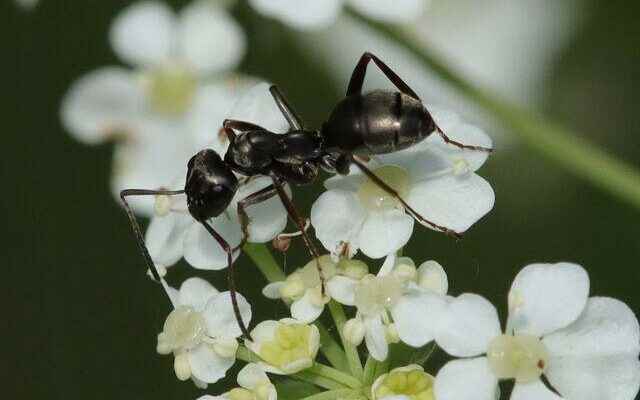Ants have a strong sense of smell. This feature of theirs may one day eliminate our need for expensive equipment to detect cancer. Because scientists, within the scope of their new work that will be talked about, suggest that ants can smell cancer in the urine.
ANTS CAN DETECT HUMAN TUMORS
A new study has shown that this skill could be used to detect cancers, at least in urine samples from laboratory mice.
“The ants show the potential to be a fast, efficient, inexpensive and non-invasive tool for the detection of human tumors,” ethologist Baptiste Piqueret of the Sorbonne University and colleagues write in their paper. they said.
They conditioned 35 silky ants (formica fusca) to associate healthy mouse urine with a sugar-water reward and another 35 ants to associate the smell of urine from mice carrying human cancer tumors, according to the report. It took only three training sessions for the ants to distinguish between odors.
THEY SPEND ABOUT 20 PERCENT MORE TIME
The report stated that after ants were trained, they spent approximately 20 percent more time near the target scent than others, seeking that sugary reward, and incidentally giving a clear and accurate signal of the presence or absence of breast cancer in mouse urine.
While these results are promising, there is still work to be done before any potential use in clinical settings.
The team explains one limitation of their study is that “the scents they use may not represent the wide variety of cancer scents found in nature.” “In real life, confounding factors such as age, diet, condition, or stress can contribute to the interindividual variability of individual body odors. Different tumors/cancer types and most importantly directly human beings before our method can be considered suitable as a routine test for cancer screening,” the team said. Further validation is required using samples of originating origin.” says.
The research in question was published in the journal Proceedings of the Royal Society B: Biological Sciences.
